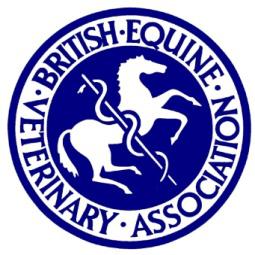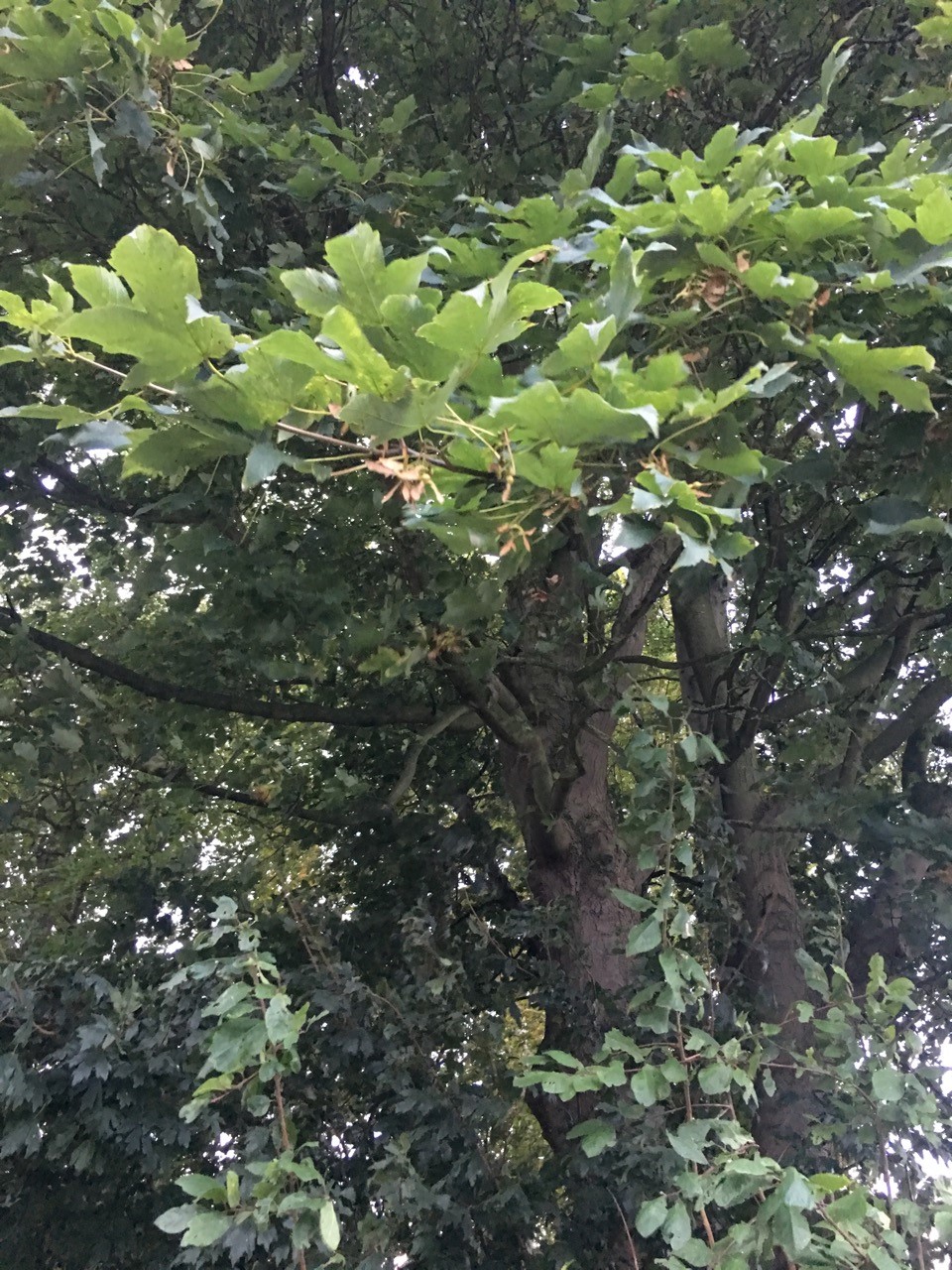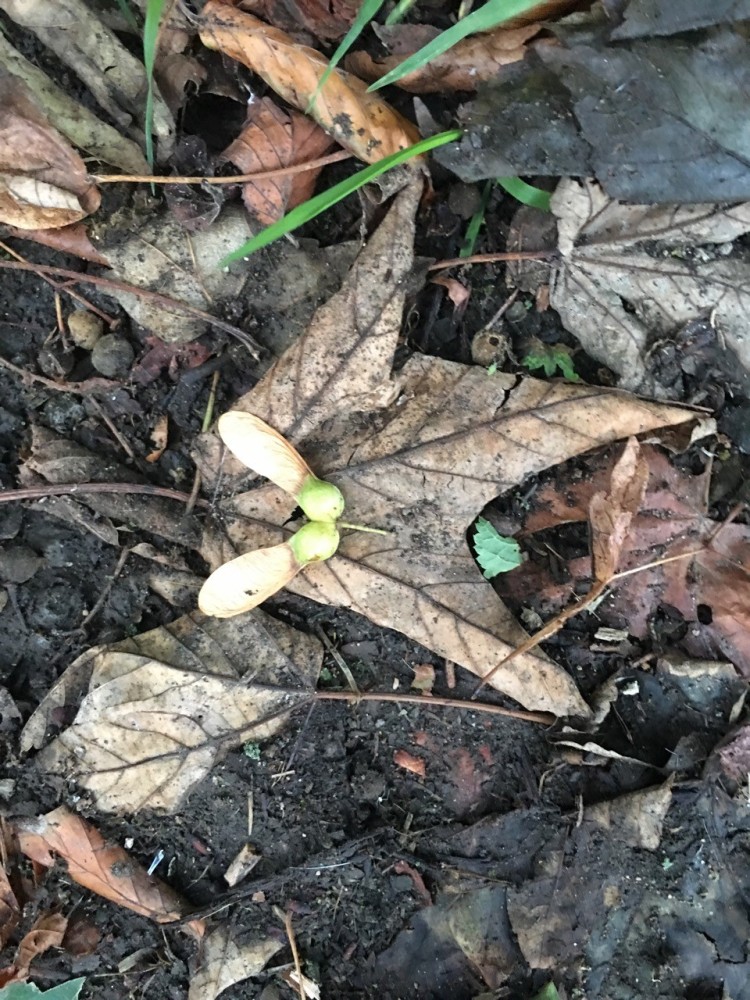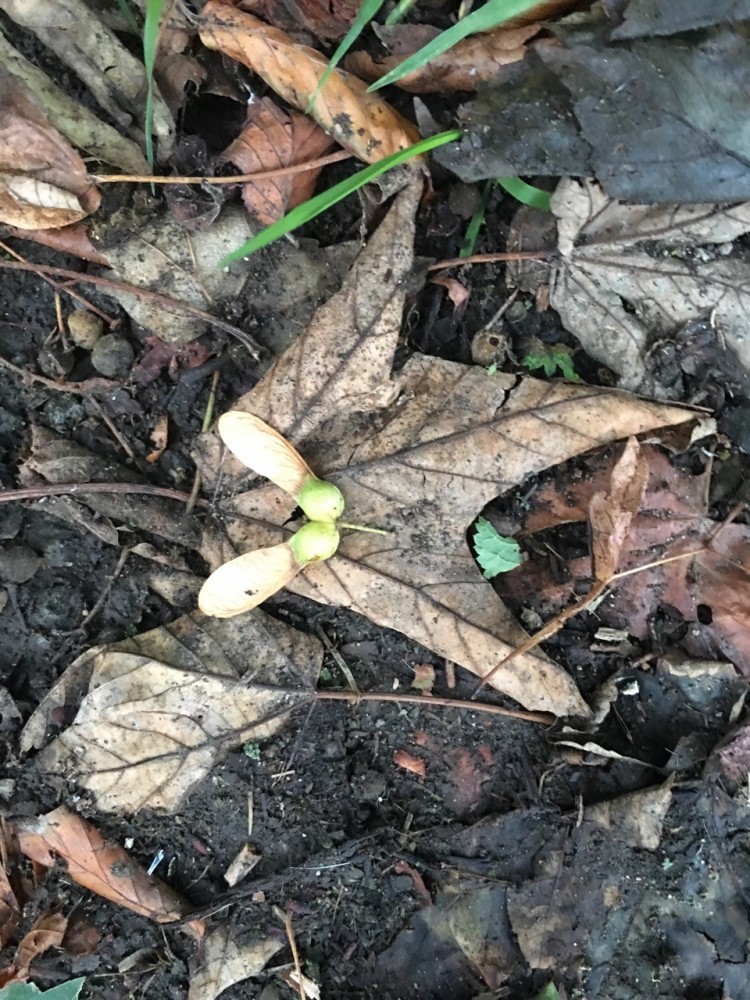With the last big spike in cases of Seasonal Pasture Myopathy occurring after major storms in 2014 The British Equine Veterinary Association (BEVA) is urging horse owners to take precautions to keep their horses safe in the aftermath of Storm Aileen or potentially the tail end of transatlantic hurricanes.
Sycamore seeds appear in the autumn. They are toxic and can cause the fatal disease Seasonal Pasture Myopathy (SPM) (also referred to as Atypical Myopathy). High winds may cause the seeds to fall earlier than usual this year so BEVA is advising horse owners to take immediate steps now to identify sycamore trees on or near grazing land and prevent the seeds falling where they are in reach of horses.
-
Ideally move horses off pasture at times of risk.
-
Restrict access to seeds by using temporary fencing.
-
Ensure horses have access to good quality uncontaminated pasture.
-
Provide consistent access to clean, palatable hay or haylage to minimise the risk of horses being tempted to ingest seeds.
-
Do not fell trees, since doing so can lead to massive pasture contamination, further increasing the risks to horses.
-
Discuss the risks and how to identify early clinical signs of SPM with your veterinary surgeon.
-
Be aware that a field without sycamore trees can still contain seeds spread by high winds or flood water.
Seasonal Pasture Myopathy is a highly fatal muscle disease in horses caused by the toxin hypoglycin A, which is contained in tree seeds including that of the sycamore. While sycamore seeds may not be directly palatable to horses, those grazing on poor quality pasture may ingest considerable numbers of them. Horses kept in sparse pastures with an accumulation of dead sycamore leaves, dead wood and trees in or around the pasture and without access to supplementary hay or feed, are the most susceptible.

Mark Bowen, Senior Vice President of BEVA said: “In 2014 we saw a big spike in Seasonal Pasture Myopathy in the aftermath of storms hitting the UK. It’s a terrible condition that can be fatal despite treatment. It’s easier to spot the sycamore’s maple-shaped leaves now while they are still on trees. Otherwise the seeds may be confused with ash keys. It’s best to speak to your vet for practical advice on how to keep your horse safe.”
 |












